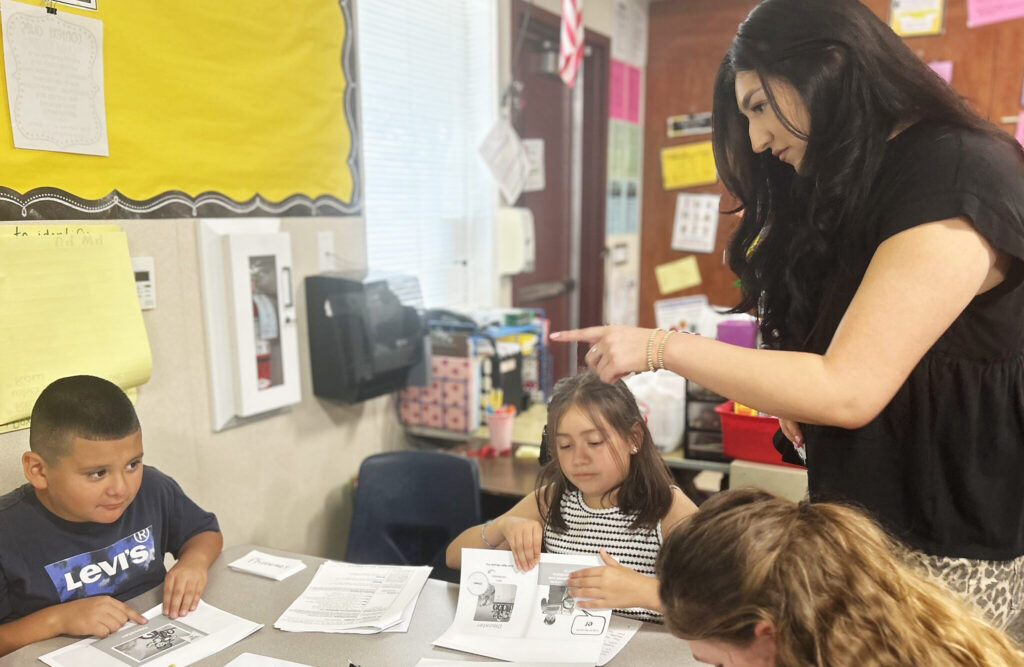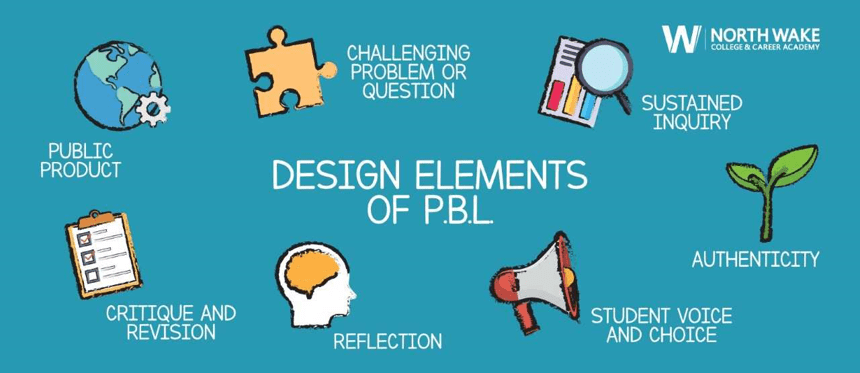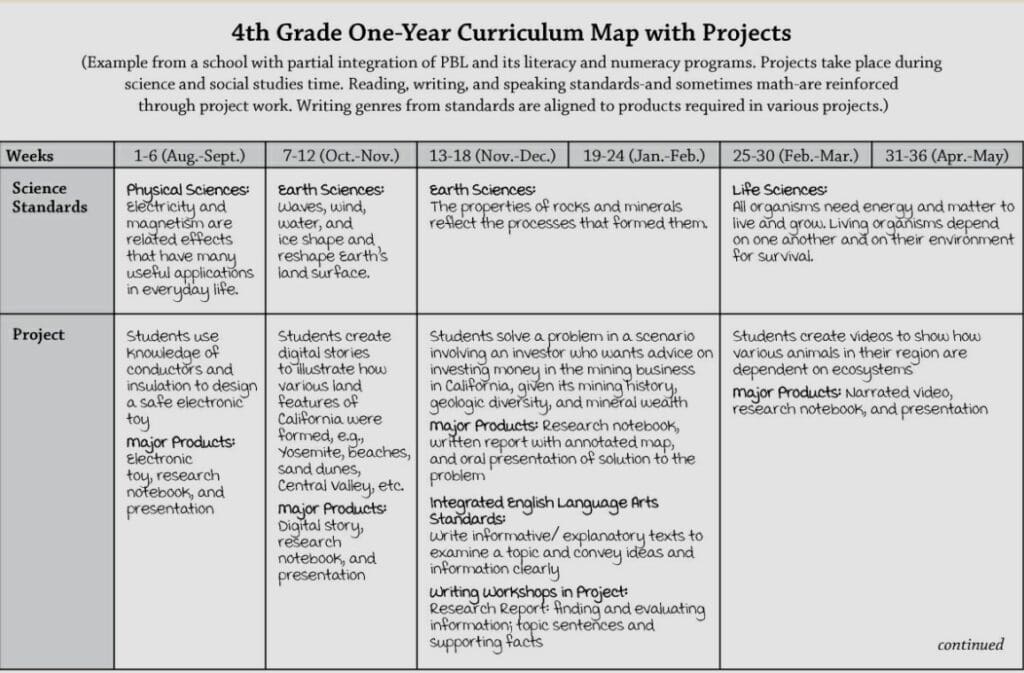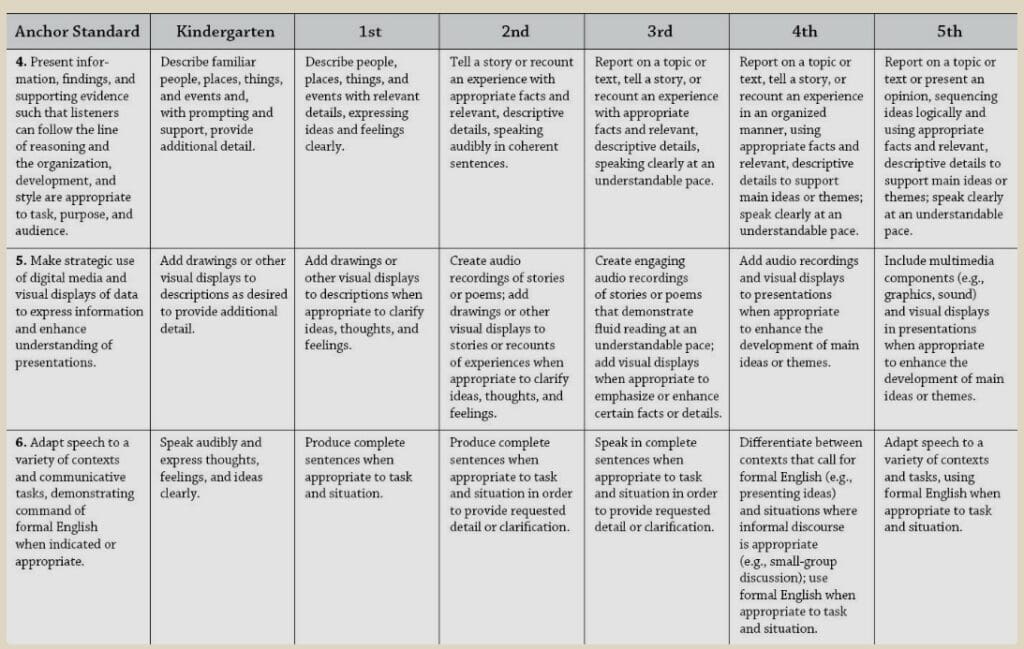
Credit: Julie Leopo/EdSource
After years of promoting “local control” in education, the latest news is full of stories on state intervention in decisions being made by local school boards.
Gov. Gavin Newsom has threatened the Temecula Valley school district with fines for exercising its local control. He disagrees with their decisions on curriculum. State Superintendent of Public Instruction Tony Thurmond flew to Southern California to stand at the lectern during a Chino Valley Unified School District board meeting and lambasted the members over their policy change strengthening the rights of parents to be involved when their child is facing mental health challenges.
State Attorney General Rob Bonta has even gone so far as to sue Chino Valley Unified for approving the parental notification policy, with the implicit threat this may extend to other districts that have passed or are considering the same policy.
So much for local control.
With all this state-level attention to local school districts, does it surprise anyone that none of that focus has anything to do with actually improving education?
As we’ve seen in headline after headline, actual education in our state is doing nothing but getting worse. By every objective measure, there is — including NAEP scores, SAT/ACT results, and the state’s own CAASPP/SBAC testing system — our education system is doing worse than ever at its core function: educating our kids.
In 2022, according to the Smarter Balanced testing, less than half of our kids (47%) were proficient in English, and a miserable 28% (fewer than one-third of students) were proficient in math.

Results from the statewide CAASPP/Smarter Balanced standardized tests, which are administered to students in grades 3-8 and 11 each spring. No data available for 2020, when testing was suspended due to the Covid pandemic.
Our educational system is clearly failing our kids.
Meanwhile, districts are spending record amounts of money achieving those dismal results. In 2023-24 our state will spend $127.2 billion on K-12 education, more than any year in history.
Since 2012, when California voters approved Proposition 30 to increase taxes on ourselves to “better fund education,” per-student funding has skyrocketed. Based on school district financial data published by Ed-Data, in 2012 the state provided $8,832 per student. In 2022 that number was $18,827.
That means in the last decade, education spending has grown by almost $10,000 per student, which works out to an annual increase rate of 7.86% per year. During that same period, the state reports inflation averaged 2.97% per year. Education funding has risen at a rate over 2½ times faster than inflation.
This doesn’t include one-time Covid mitigation funding, but does include the extraordinary post-Covid increase in tax revenue. This increase is not expected to continue, meaning districts that used that money to increase spending on ongoing expenses (like pay and benefits) will be facing decisions on what to cut from our kids when the expected “fiscal cliff” arrives.
The California Department of Education appears to have stopped reporting class size data in 2019, but as of then, the average class size in the state was about 26 kids; $20,000 times 26 students equals $520,000 per classroom.
Some may think over a half-million dollars a year per classroom should be adequate to provide kids with a good education, but not the education establishment. In a private business, having revenue rising at rates so far above inflation would result in the sound of champagne corks popping. In education, all we hear are continued complaints about “lack of funding.”
To our education leaders, it’s not about how the money is spent, it’s all about insufficient funding. This is said to us by people who clearly benefit personally from those increases in funding.
If we look at pay and benefits for education employees, the graph looks much more like the trend in revenue than the graph of academic performance.
Data for 2022 is not yet complete, but in 2021 according to public pay data collected by Transparent California, the median total compensation for a K-12 administrator was $167,857, and for the certificated group (primarily teachers), $124,513.
Now, as I said in my EdSource article on respect for teachers, I’m very happy we can afford to pay our education professionals well. But are we getting the results we’re paying for?
The failure of education in our state is a crisis. For our kids and for the future of the state. The need for leadership to focus on improvements is clear.
Why, then, is Superintendent Thurmond not showing up at the lectern of board meetings in failing districts and talking about that?
San Diego Unified recently approved a bonus raise for employees adding tens of millions to future deficits. Funding this will require cuts to programs and services for kids. With only 53% of its kids proficient in English and 41% achieving state standards in math, why did Mr. Thurmond not stand up at their meeting and demand they use their funding to improve education, rather than improving their personal bank accounts?
Los Angeles Unified is spending $18 billion dollars, with similar failing results. Why is Gov. Newsom not threatening them with fines, or having Mr. Bonta file lawsuits for misuse of government funds?
Self-serving actions by politicians calculated to appeal to their base rather than improve government services are common in politics. But this is the education of our kids; shouldn’t that be different?
Why do we accept this? Why do “We the People” not stand up and demand action, from both our local district and our state? An entire generation (and perhaps more) of our kids is at stake. Perhaps that should be more important to our state leadership than grandstanding on political issues that play to their base?
•••
Todd Maddison is the director of research for Transparent California, a founding member of the Parent Association advocacy group in San Diego, and a longtime activist in improving K-12 education.
The opinions expressed in this commentary represent those of the author. EdSource welcomes commentaries representing diverse points of view. If you would like to submit a commentary, please review our guidelines and contact us.




















